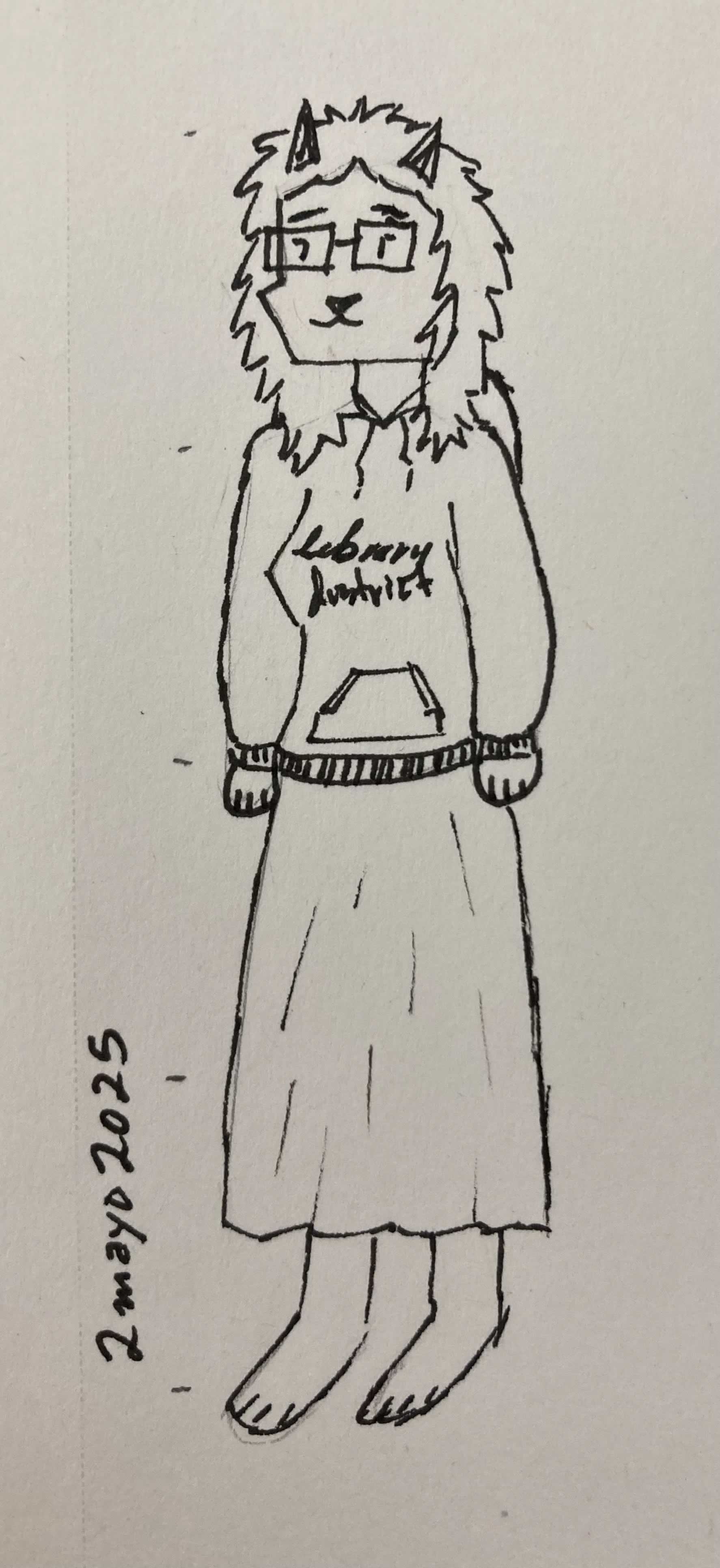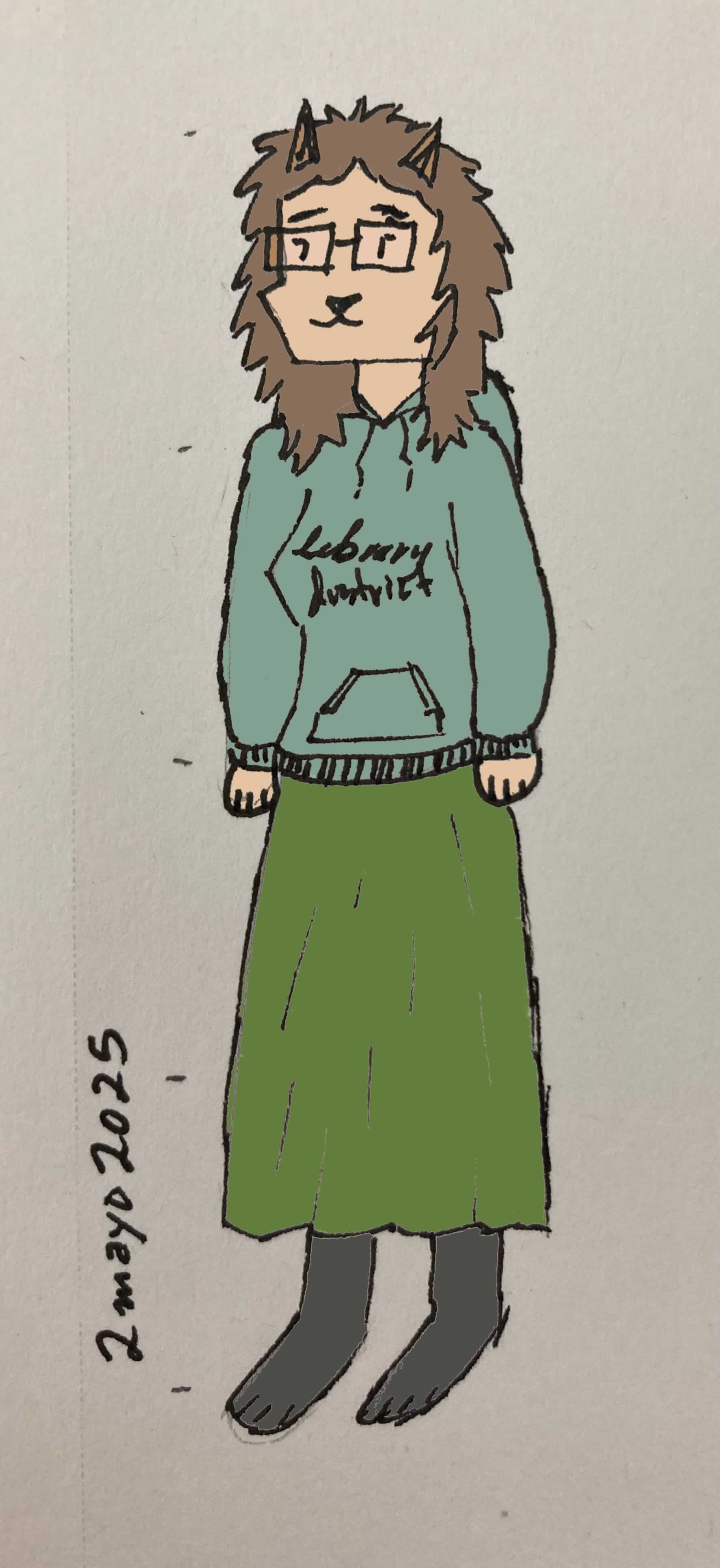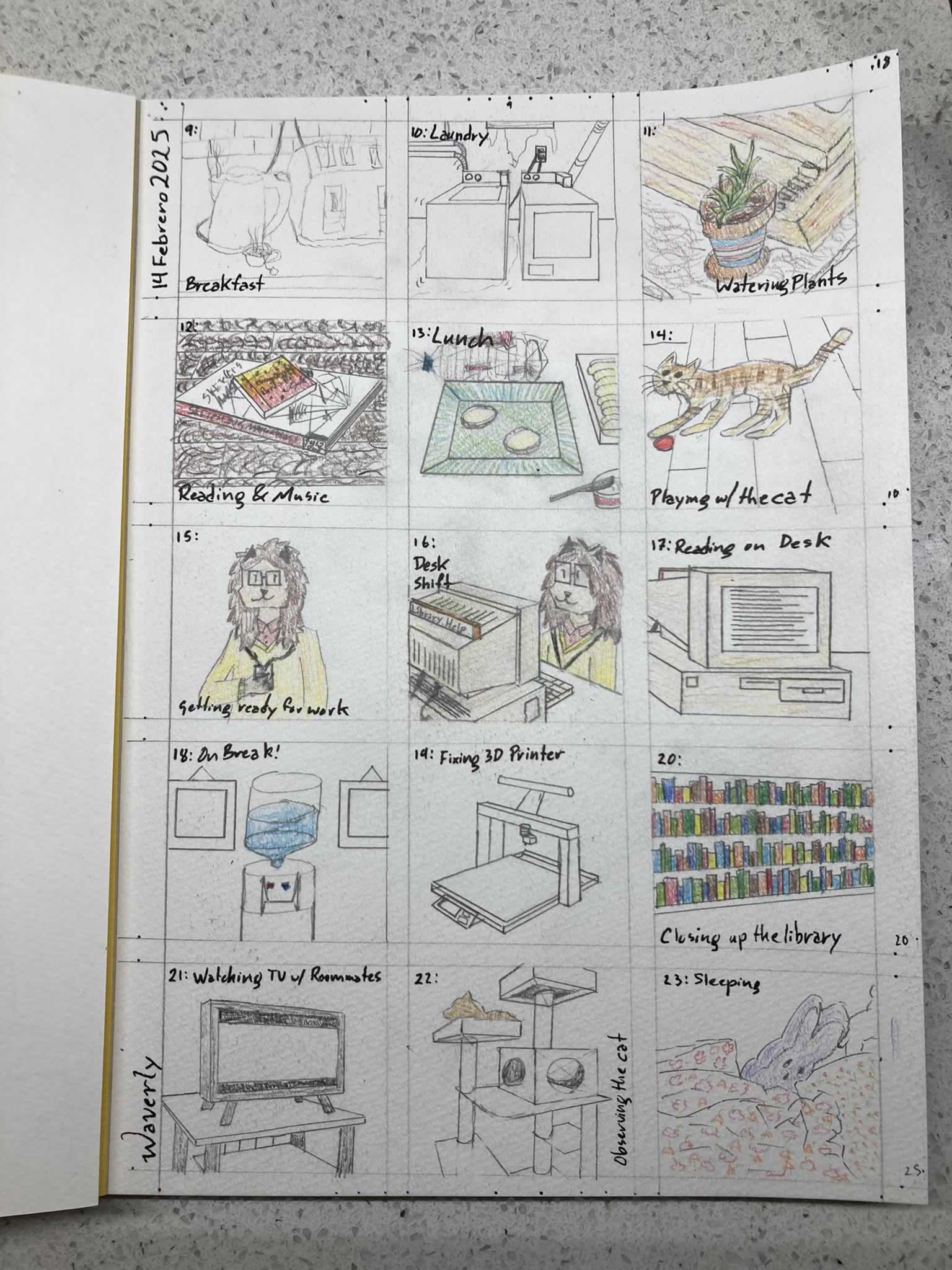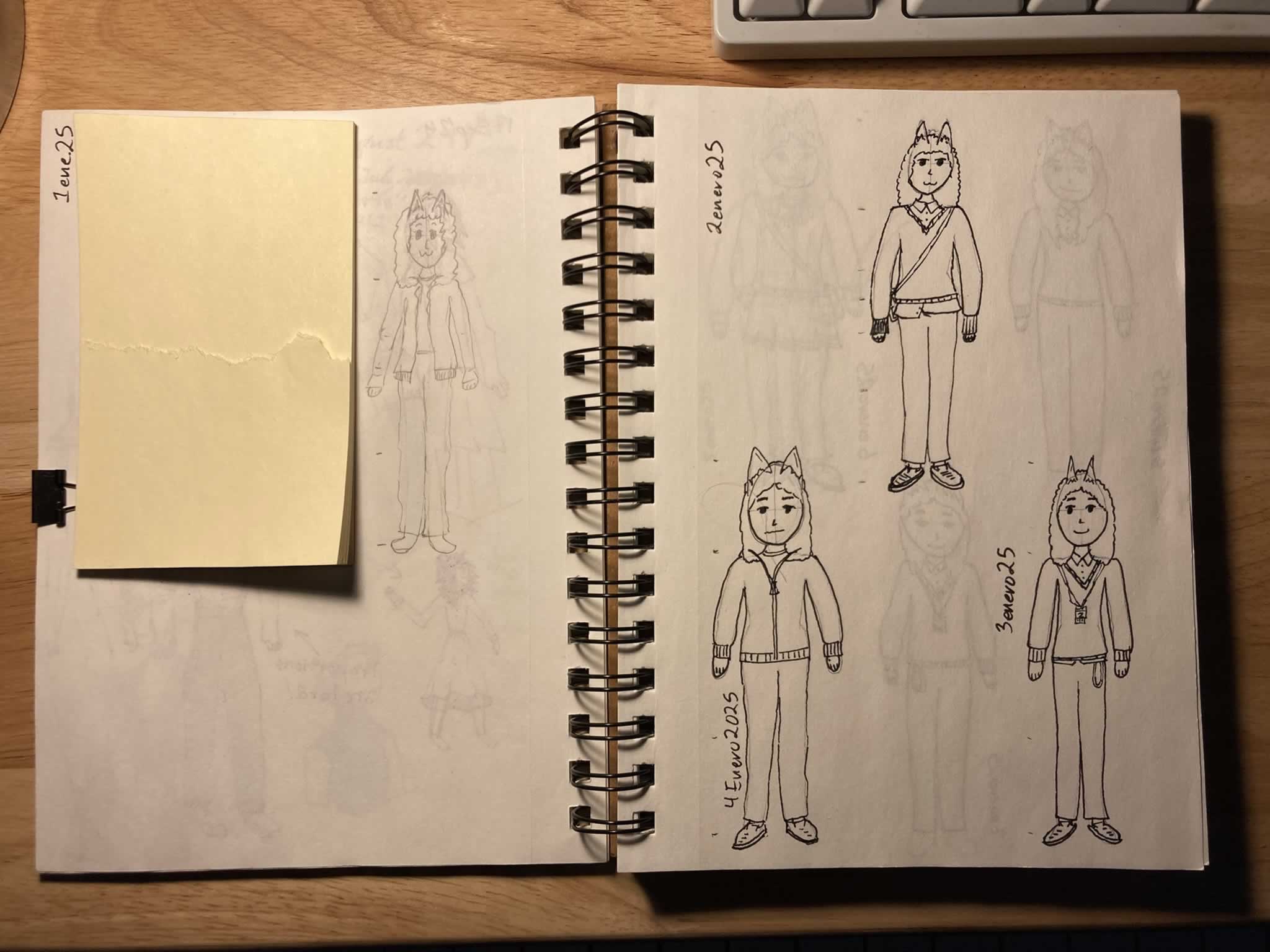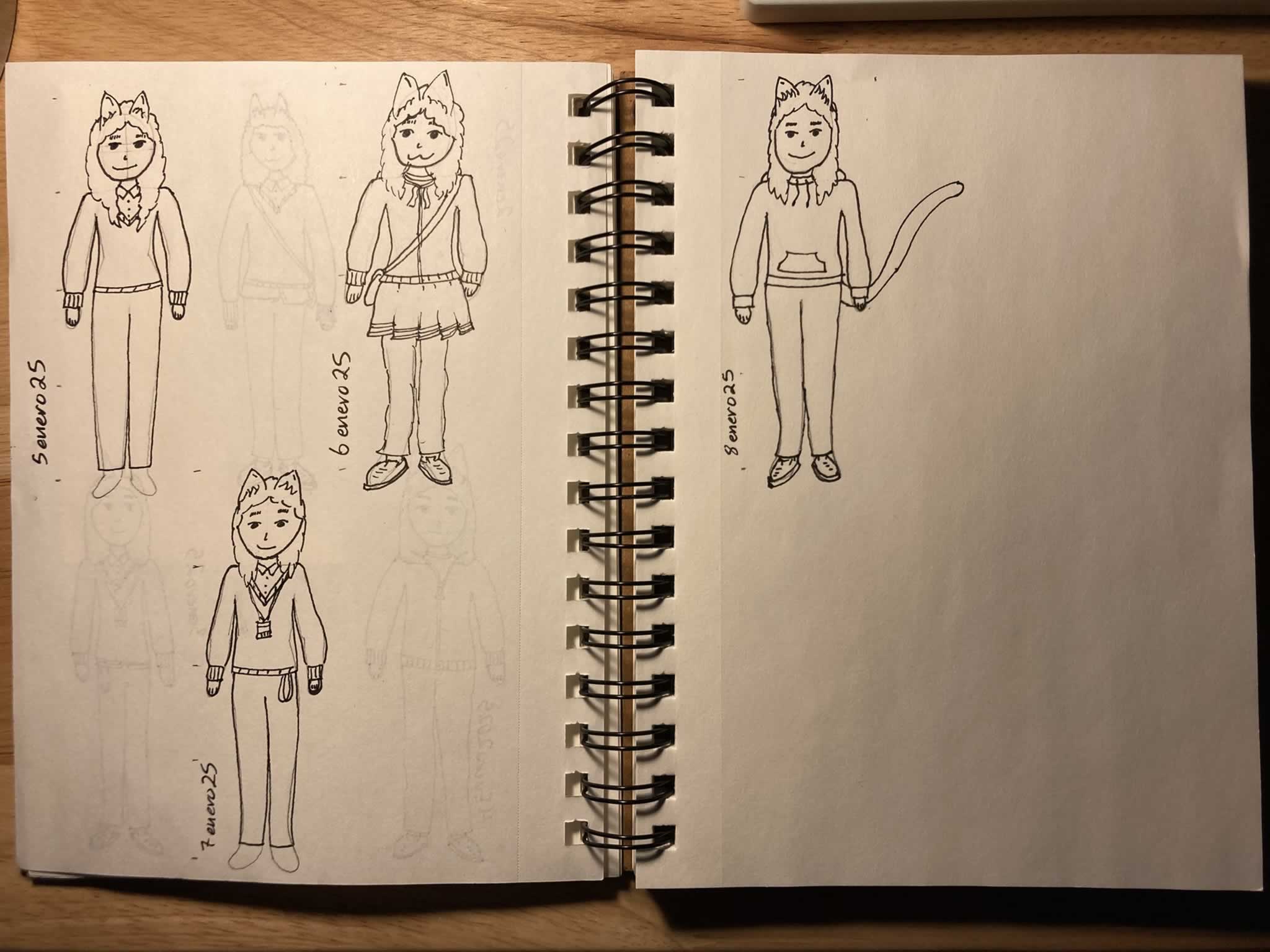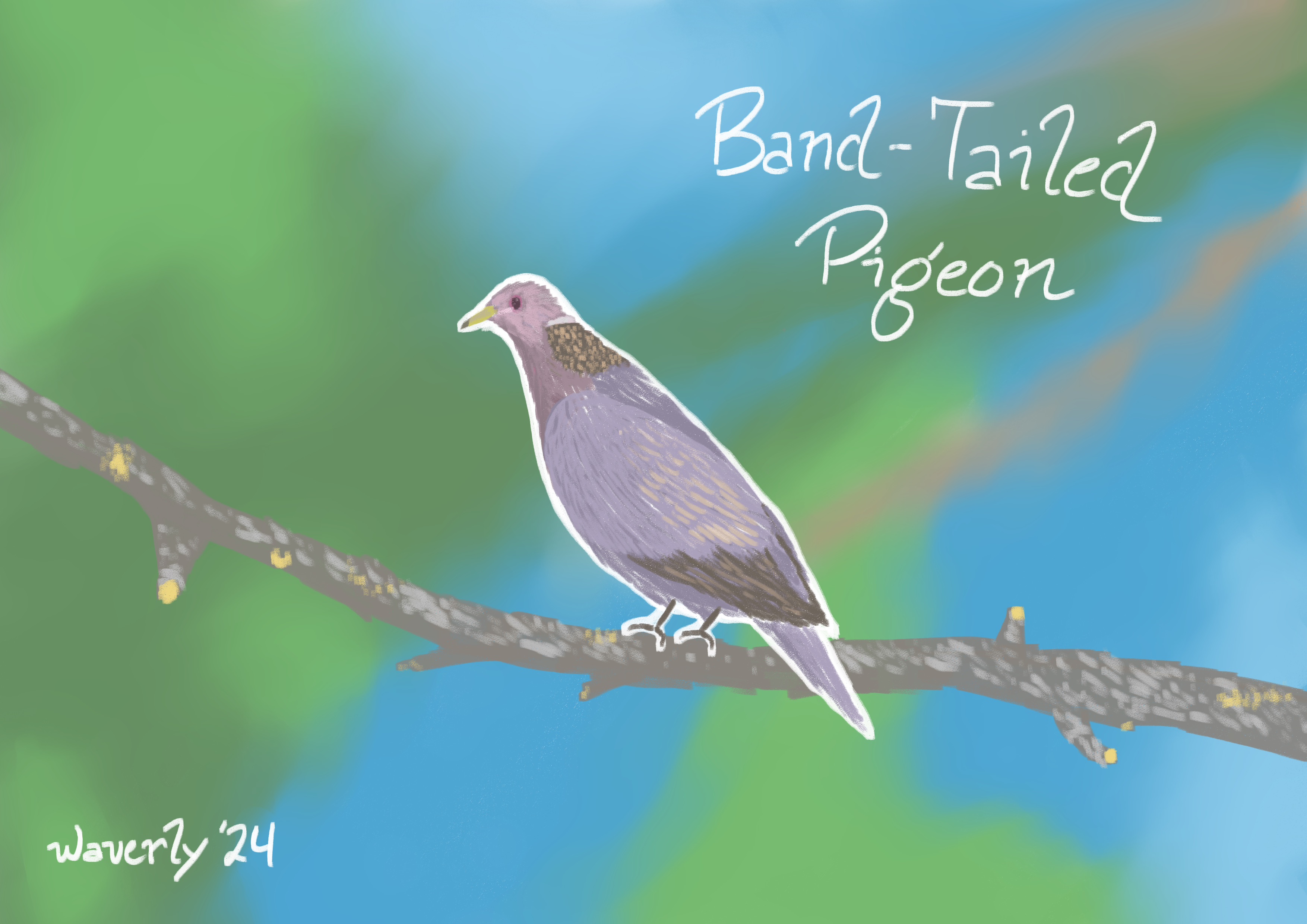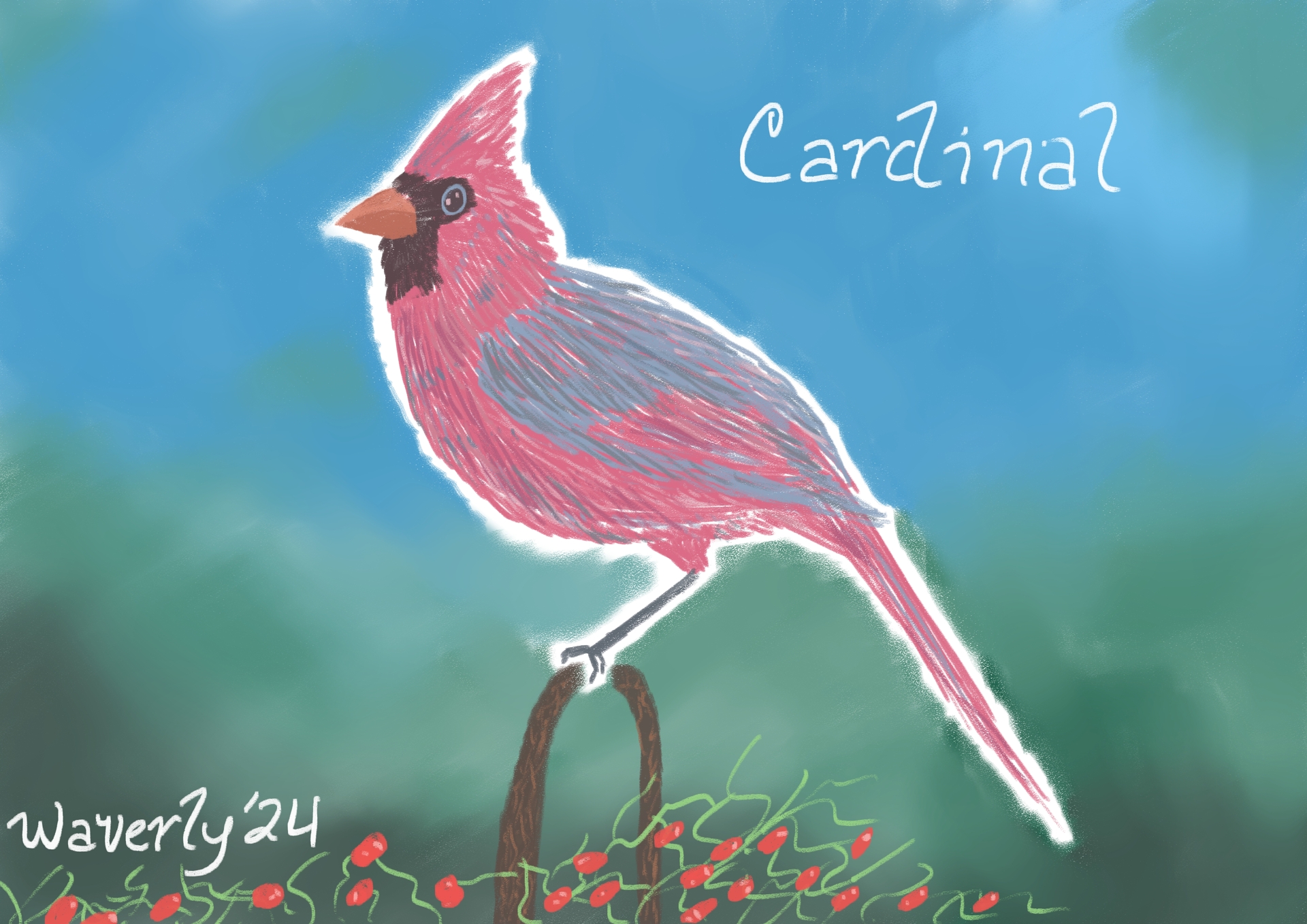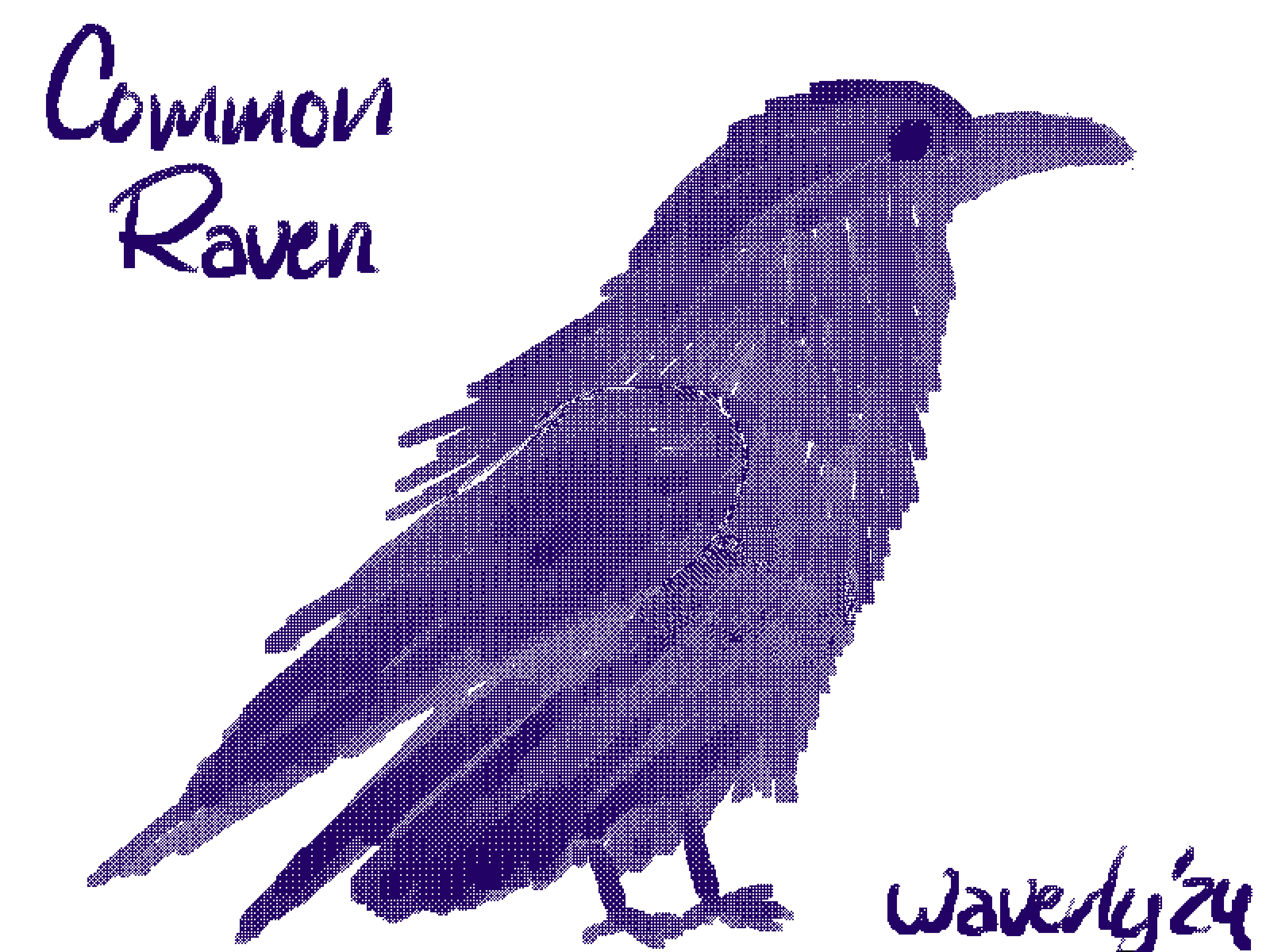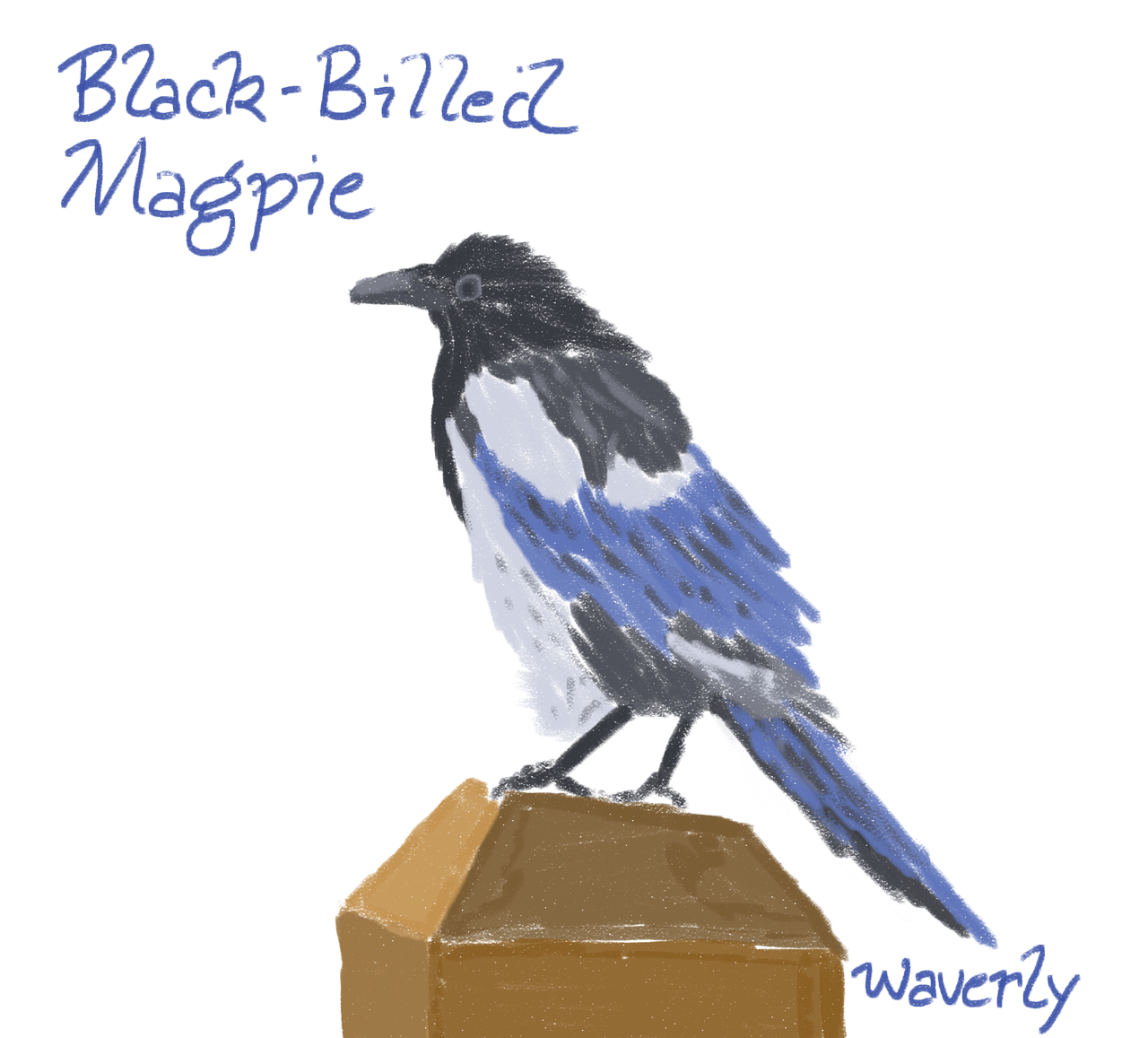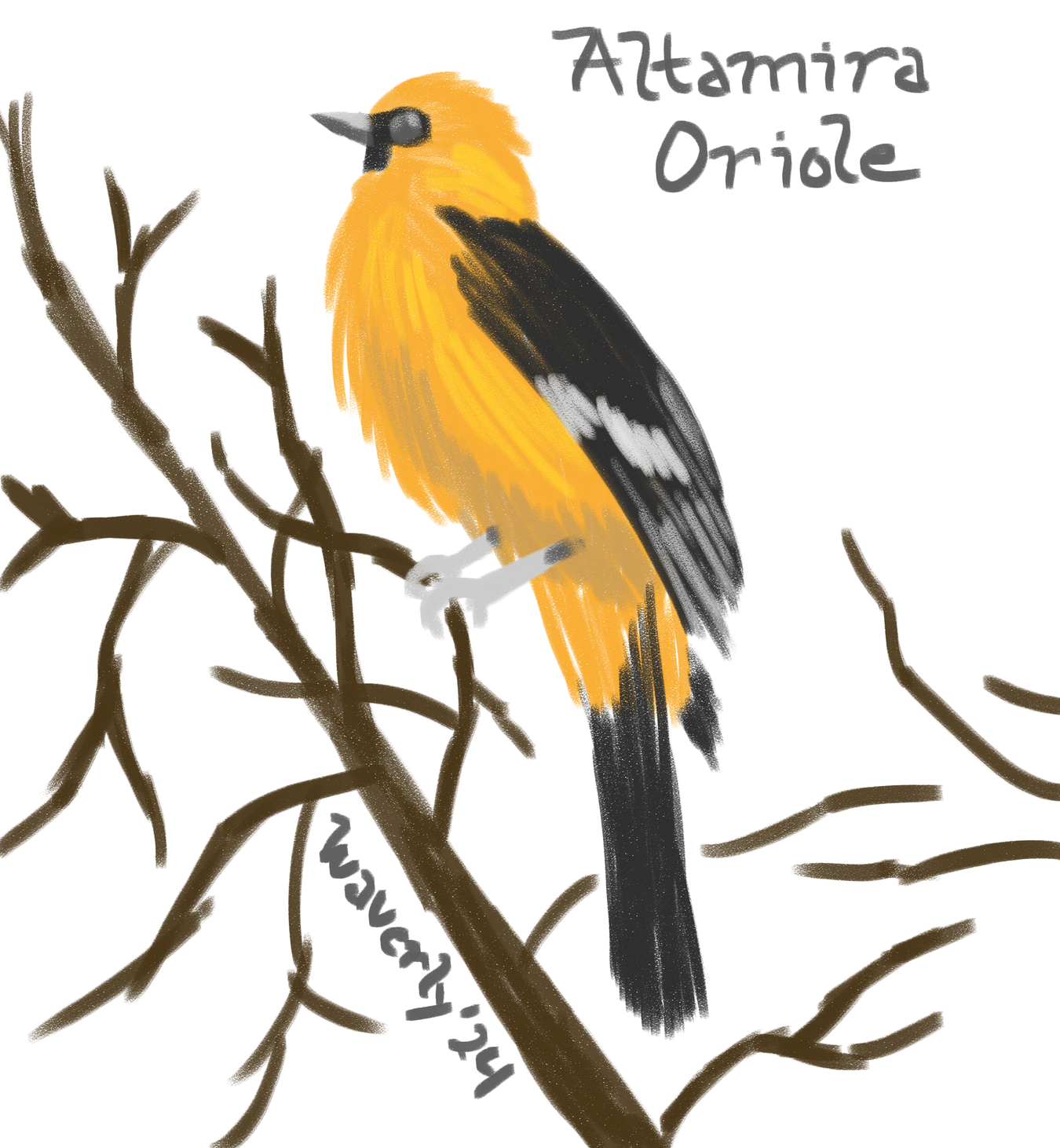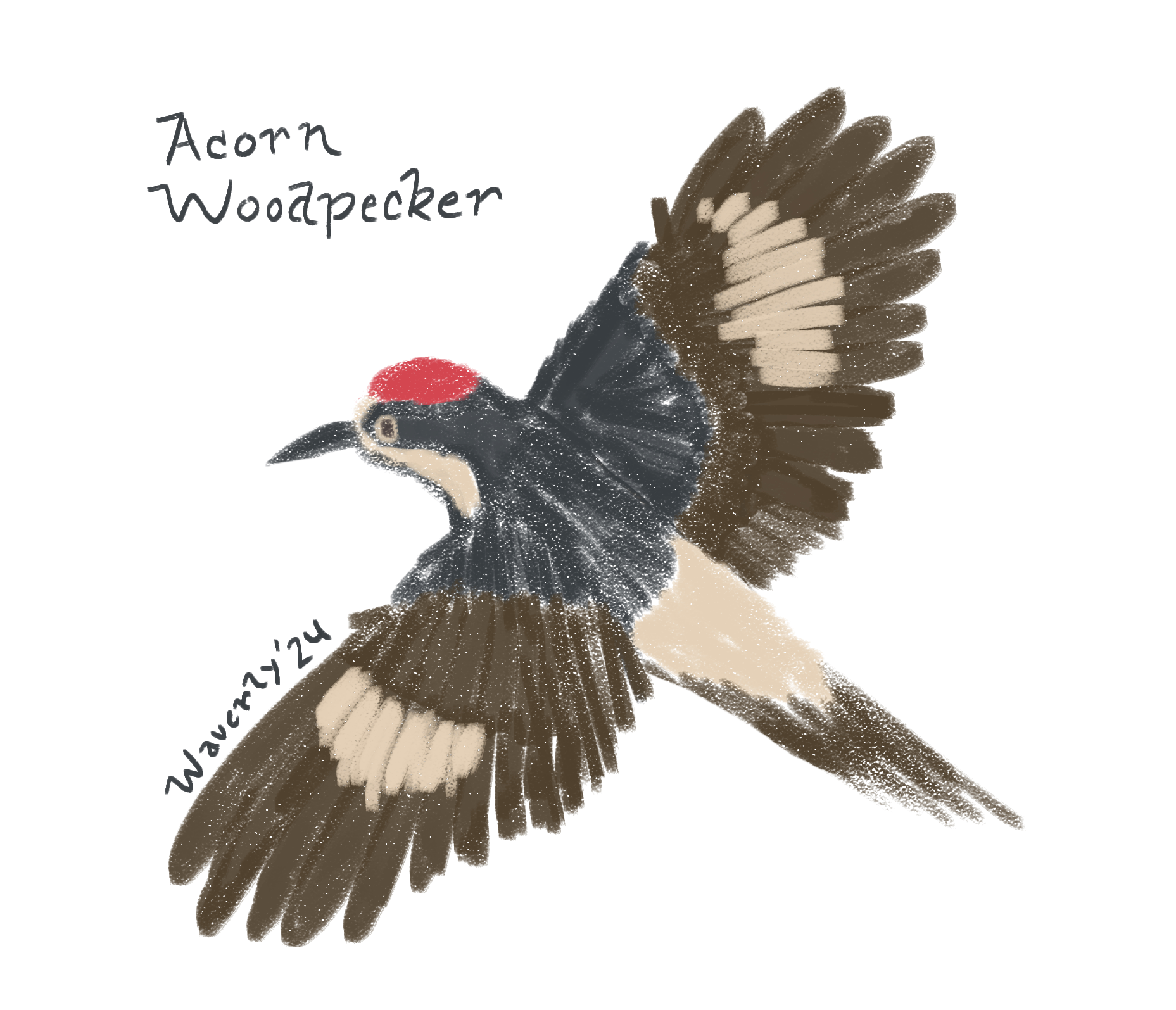Trans Voice Log №4
In the last few weeks, I got through 30 minutes of Trans Voice Lessons August 2021 Two Hour Livestream and watched the first four videos on the Trans Academy VODs Voice Feminization Class Playlist.
The first thirty minutes of the TVL video are primarily focused on safety and voice health. An interesting claim is made that using SOVTe's is better for your voice than resting silently because it promotes bloodflow (which therefore speeds up healing). I guess that can be connected to Babajanians [30.b], but I would want to reread it before using it to support that claim (My institutional access for that source didn't allow PDF downloads, so I'll need to wait until I'm there in person again to double check).
The first TA-VFC video points out that the larynx is one of the last things to get hydrated in the body. This is particularly relevant if you're on Spironolactone, which tends to dry you out. The facilitator suggests drinking a pint (473mL, 16FlOz) of room temperature water an hour before practicing. Ranks in order of importance the vocal features: 1. Resonance, 2. Pitch, 3. Vocal Weight. Suggests 150Hz-300Hz range for feminine pitch, target of 260Hz (C4). SOVTe's ranked from light pressure to heavy pressure: /m/, /n/, /z/, /ʒ/, /r/ (rolled), /v/, lip trill, bubble phonation. Some of the exercises mentioned include holding a pitch and SOVTe, then increment pitch; SOVTe along to a song; SOVTe fifths intervals. Exercises are recommended five to ten minutes a day.
The second TA-VFC video tries to help with distinguishing pitch from resonance. It correctly identifies which locations in the mouth/larynx are associated with each formant, though it uses the "R1" terminology. Gets areound the issues inherent to the "hold and swallow" technique by instead promoting yawning. Yawning gives a darker sound, so once you are aware of what the tongue does during yawning, you can then attempt to move it the opposite of how it does during yawning. Also covers big-dog/small-dog and whisper sirens. Uses target pitch G3 (~200Hz). Exercises for exploration include holding pitch but shifting resonance up or down.
The third TA-VFC video outlines a routine or process for vocal feminization. The first step is to use SOVTes to build out your "comfort zone" of pitch up to B3. The second step is to play around with vocal weight - be able to freely go between light and heavy. The third step is to separate resonance and pitch, then be able to transition between dark and bright with an unchanging tone. After those first three steps, you can move away from exploration towards crafting a tone. Rainbow passage repetitions, starting with less than 10 words, correcting for weight and resonance at G3. From there, habit building through passive practice out in the world is the next step.
The fourth TA-VFC video is essentially a collection of examples of tone-crafting from a variety of volunteers with the rainbow passage. The rest of the videos on the playlist seem to follow this format. Teaching by example with volunteers seems to be the current meta, as the weekly office hours from the Seattle Voice Lab discord server follow this pattern as well.
I think the second TA-VFC video had the most impact for me, as the yawning exercise made infinitely more sense than big-dog/small-dog ever did. I do worry that I'm leaning on mouth space rather than larynx space though to break through to forward resonance, though. In the meantime, I'll keep playing around with SOVTe and pitch incrementing because it's easy enough.
